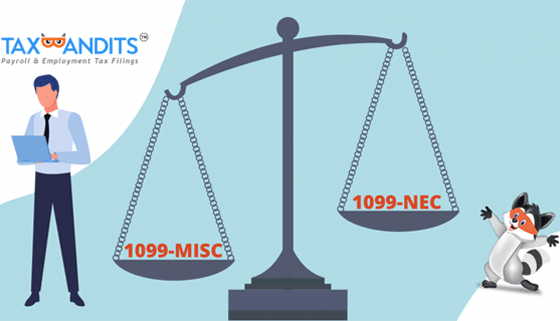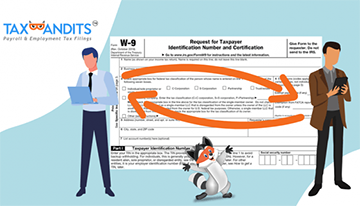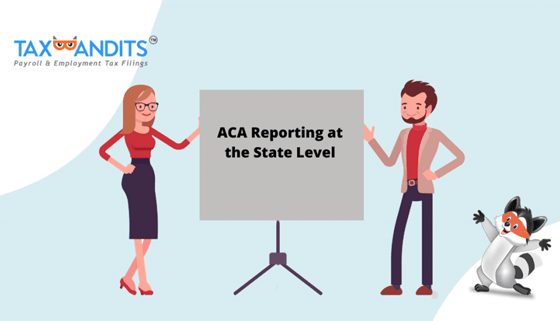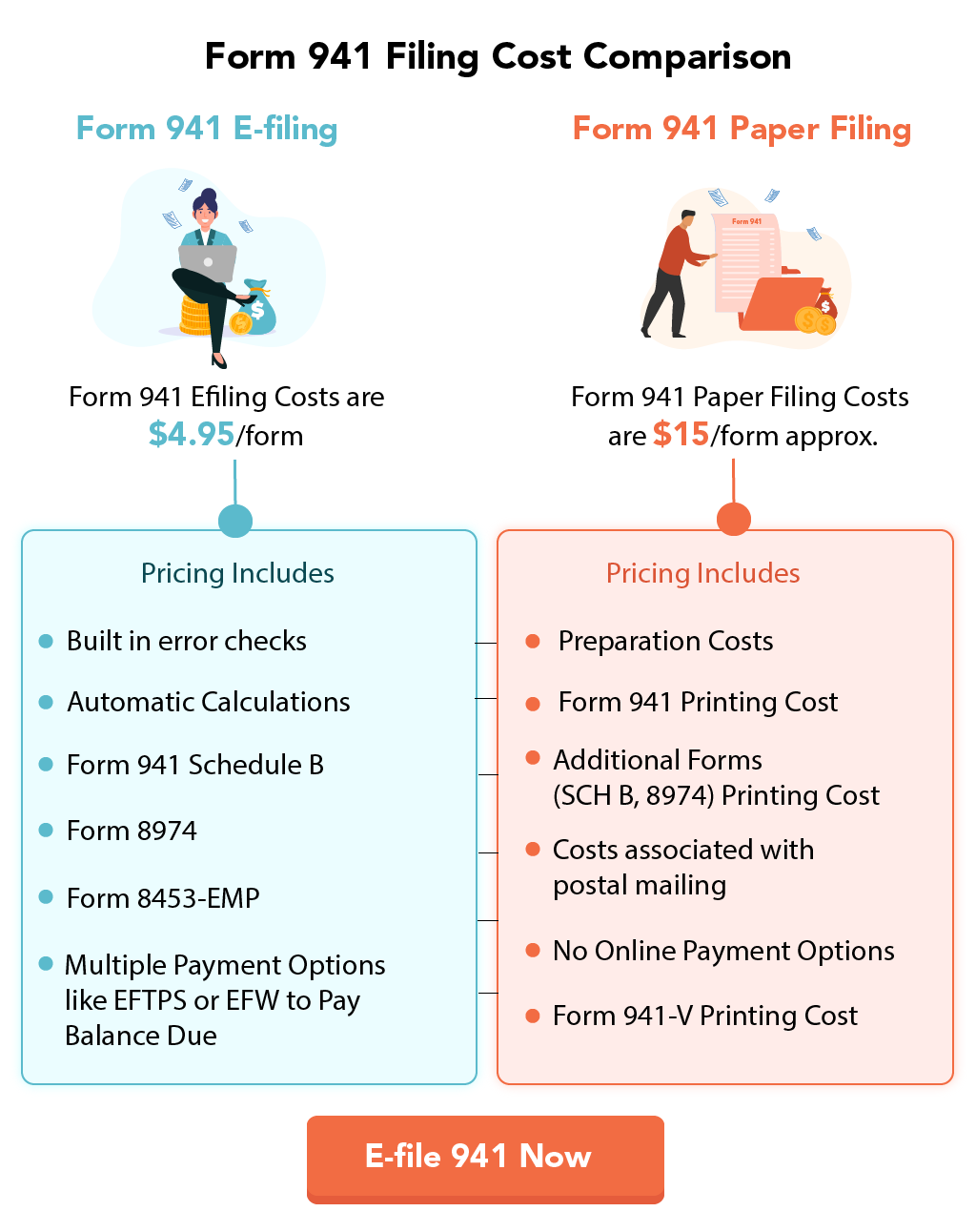Form 1099-C Due Date for the 2025 Tax Year
Form 1099-C, formerly known as Cancellation of debt, is used to report the details of a debt that was canceled or forgiven.
According to the IRS, if you cancel any debt that has a value of $600 or more, then the person who receives the copy needs to report it. The canceled debt is considered as an income as per the law. Lenders and/or creditors are required to File 1099-C to the IRS. If you are a debtor or borrower then you will get a 1099-C copy and you will need to report this in your Federal tax return. That is the debtor must report the canceled debt in his Form 1040 or 1040-SR.
Table of Contents:
- Who Is Required to File Form 1099-C?
- When is the 1099-C deadline?
- What Is Form 1099-C Used For?
- How Should I File Form 1099-C?
- What if your 1099-C form is incorrect?
- What are the E-Filing Form 1099-C Advantages with TaxBandits?
Who Is Required to File Form 1099-C?
Mostly, businesses, lenders or creditors file Form 1099-C if they have canceled or forgiven any debts worth $600 or more. The lender has to file 1099-C to the IRS as well as a copy to the borrower.
The main reasons that lenders send a 1099-C are in regards to foreclosure, repossession, abandonment of property, loan modifications etc.
If you receive any 1099-C copy, make sure that the details included are correct. If not, notify your lender immediately and request a correct 109-C Form copy.
When is the 1099-C deadline?
1099-C has multiple copies. Copy A is filed with the IRS. Copy B is a recipient copy and Copy C is for Creditor's record.
Form 1099-C must be filed electronically by March 31, 2026, recipient copies must be furnished by February 2, 2026, and the paper filing deadline is March 2, 2026.

Get Started Today with TaxBandits to File Form 1099-C before the deadline to avoid late filing penalties.
Efile Now
What Is Form 1099-C Used For?
Form 1099-C is mainly used to report the cancellation or forgiven of debt worth $600 or more. The creditor or the lender submits the Form 1099-C to the IRS and also a copy to the debtor. Later, the debtor reports this debt amount on his/her income tax return. Because the cancelled amount is considered as an income to the debtor.
In some cases, the canceled amount is not considered as taxable income. Some examples are:
- Bankruptcy
- Insolvency
- Certain farm debts
- Certain Mortgage Debts
- Non-recourse loans
- Public service loan forgiveness
- Student loan forgiveness or repayment assistance
- Death or permanent disability of a student loan borrower
What if your 1099-C form is incorrect?
It is possible to receive a Form 1099-C with incorrect information. Sometimes you might get a 1099-C copy for the debt even if you fully paid or you might receive a copy for the debt that was cancelled but mentioning a wrong amount as a canceled debt. In this cases, you should directly notify your creditors or debtors to request a corrected copy. If that does not work, the other option is to contact the IRS and file a Form 1099-C complaint.
What are the E-Filing Form 1099-C Advantages with TaxBandits?
E-filing Form 1099-C with TaxBandits offers great benefits like these:
- Accurate, error-free filing
- Recipient Copy Solutions (postal mail and online form access)
- IRS Business Rule Validations
- USPS Address Validations
How Should I File Form 1099-C?
You can file Form 1099-C electronically with ease. Choose TaxBandits, the most trusted IRS Authorized E-File provider. TaxBandits offers step-by-step guidance to help you complete and submit Form 1099-C accurately. Follow the steps below to get started and receive IRS approval with confidence!
- Step 1: Enter the Creditors and Debtors Information
- Step 2: Enter the Debt Details
- Step 3: Review & Transmit your Form 1099-C to the IRS
- Step 4: Send Recipient Copy
Related Articles
Success Starts with TaxBandits
The Smart Business Owners Choice




